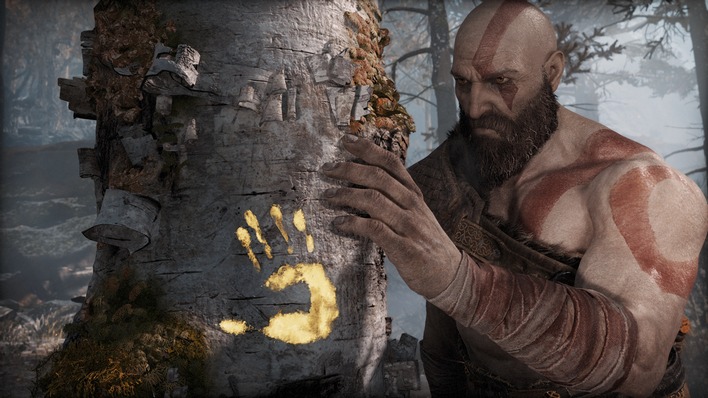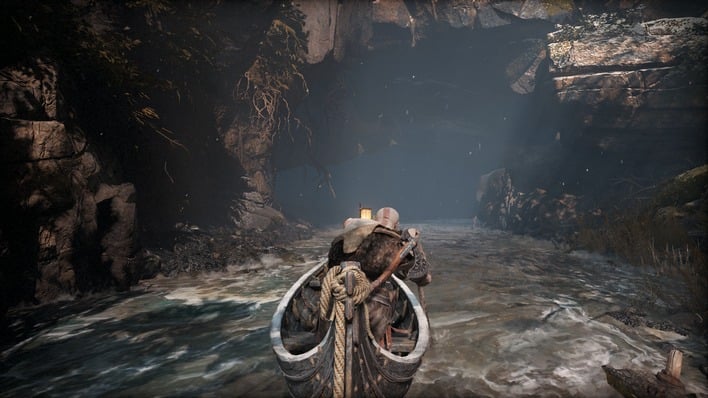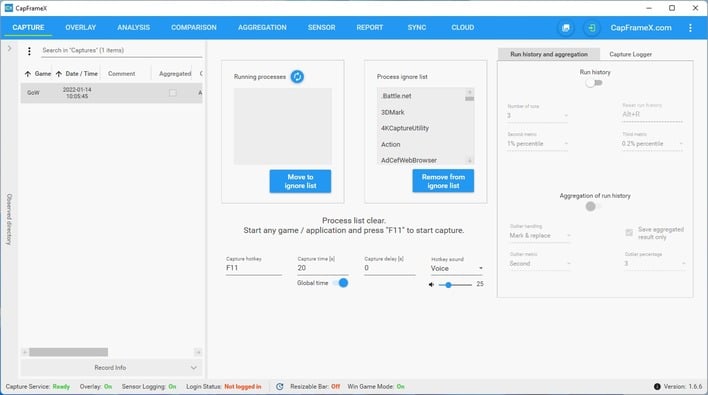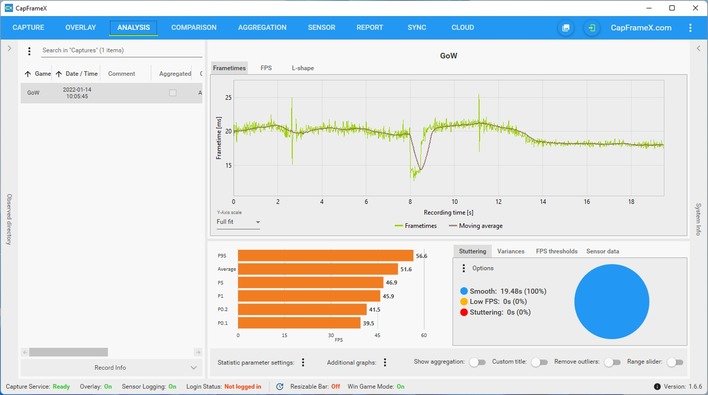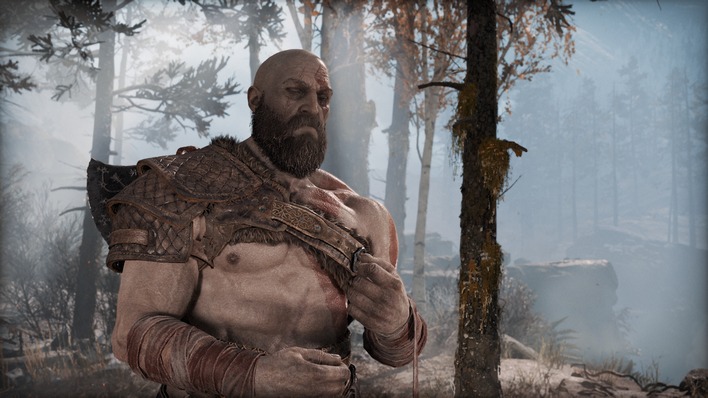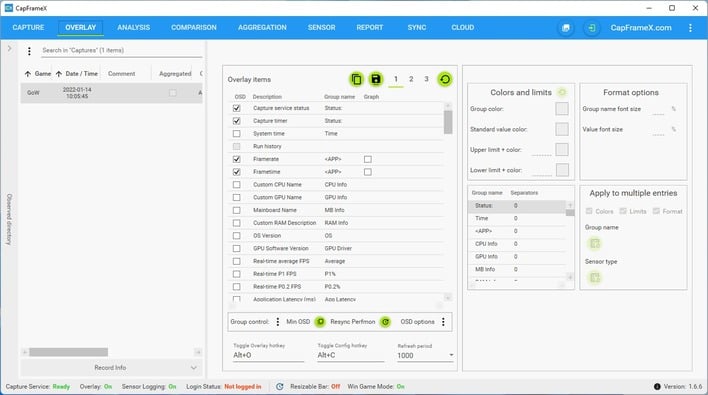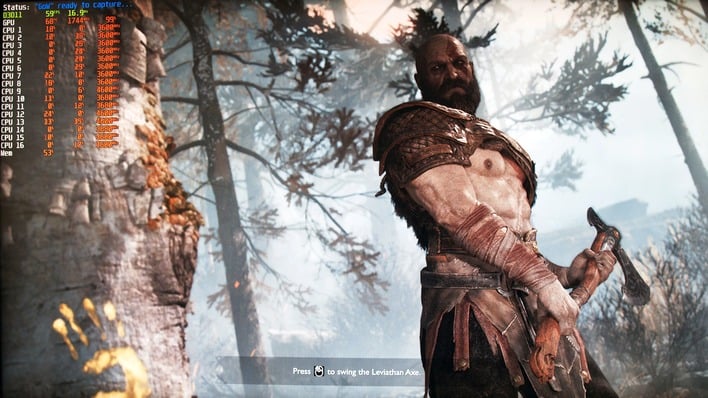How To Benchmark God Of War To Test Your Gaming PC’s Performance
Sony's Santa Monica Studios are the original creators of the God of War series, and while the 2018 release (simply titled "God of War") could reasonably be called a "re-launch" for the popular game title, it's not a reboot. The game centers on series main character Kratos, now living in the frozen north among the Norse pantheon, as he braves the harsh, icy wilderness and attempts to teach his son to do the same.
As mentioned, the game originally released to massive acclaim and almost universal praise on the PlayStation 4 back in 2018. It got a minor update to unlock 60 FPS mode when playing on the PlayStation 5 early last year, and most people would have said that if you hadn't played it already, it's a solid argument for buying a PS5, as a premier game title many enjoyed.
We noted, "would have said" because it's not an exclusive anymore. God of War just released on Steam, and by all accounts it's even better on PC. That account includes our own, by the way. We're putting together a full performance review for the PlayStation-to-PC conversion, but for now, we can give you a sneak peek into how it runs on the PC platform, and show you how to test that out for yourself on your own rig.
Using CapFrameX To Check Your PC's Game Performance
First of all, make sure you have the latest GPU drivers for your graphics card of choice. As we've covered previously, that can make the difference between a good and not-so good experience. For testing and benchmarking, we use a free, open-source tool called CapFrameX to benchmark and analyze game performance. CapFrameX is based on another tool called PresentMon, but PresentMon is a command-line utility, and while that has its charms in certain situations, CapFrameX both makes it easier to use and also provides quite a bit of extra functionality. You can grab CapFrameX from the project's website.
(click to enlarge)
Once you've gotten CapFrameX running, you'll be presented with this screen. Before you can do any performance analysis, you need to do performance capture, and this is where you'll do it. In the center third of the screen you can see a list of running processes; this list will not include processes in the ignore list on the right-hand side. That's to prevent CapFrameX from capturing performance data for things like Chrome, Office, or Discord or other apps running on your PC.
God of War doesn't support exclusive full-screen mode, but that's actually convenient here because you'll want to make sure that it appears in the list of "Running Processes" (as "GoW") in CapFrameX. Once it has, get into some gameplay you'd like to test and press F11. You'll hear a nice lady say "capture started," and from there, proceed normally through gameplay. (You can change the capture hotkey if you want, and also replace the speech sample with a simple beep if you prefer.)
The capture will end after 20 seconds by default, and shortly you'll see it appear in the list of captures on the left side of CapFrameX. From there, you can go over to the Analysis page and click on the capture to see detailed performance statistics across the 20-second run.
Above, you can see a brief benchmark run around the first area of the game on one of our Windows 11 test systems equipped with a Ryzen 9 5950X CPU and a Radeon RX 5600 XT GPU. The test was performed in 1920×1080 resolution on the game's Ultra settings preset. That machine pulled out an average of 51.6 FPS, which isn't too shabby for a mid-range previous-generation graphics card on a just-released AAA game.
If you're getting lower-than-expected performance, you can check for proper CPU, GPU, and memory utilization using the RivaTuner Statistics Server (RTSS) overlay. Despite its age, RTSS still gets regular updates, and you can use CapFrameX to configure and control the overlay. If you don't have RTSS installed, clicking to the Overlay page in CapFrameX will present you a link to the official download page.
Once you have it installed, the Overlay page will look like the above. From there, you can control exactly what you see in the in-game overlay as well as how it is presented. You can also customize the overlay hotkey there as well as the refresh period, but don't set the refresh period too low or you could actually impact game performance. Actually, the overlay itself can affect game performance slightly, so we don't recommend running with it 24/7.
CapFrameX also has the ability to compare multiple benchmark runs, to show you sensor data collected during performance captures, and to help you analyze render-chain input lag, but all of those features are a bit outside the scope of this post.
Regardless, here are GoW's recommended system requirements, just so you're aware of the game's very basic horsepower needs:
- Requires A 64-bit Processor And OS - OS: Windows 10 64-bit Or Windows 11 64-bit
- Processor: Intel i5-6600k (4 core 3.5 GHz) or AMD Ryzen 5 2400 G (4 core 3.6 GHz)
- Memory: 8 GB RAM
- Graphics: NVIDIA GTX 1060 (6 GB) or AMD RX 570 (4 GB)
- DirectX: Version 11
- Storage: 70 GB available space
- Additional Notes: DirectX feature level 11_1 required

